Who was Geronimo and why was he famous?
Who was Geronimo? Geronimo was born in June 16, 1829, near Arizpe, Sonora, Mexico (about 200 miles southeast of Tucson, Arizona). He was the grandson of Mahko, a chief of the Bedonkohe band of the Apache people. The name given to him at birth was: Goyaale. That name meant: “the one who yawns.”
Like most Apache men, Geronimo was raised to be a warrior, a battlefield raider. (Many think Native Americans were only hostile to white Europeans. Actually, many Native American tribes were hostile to each other. It was their tradition and culture to raid, steal, and take hostages from each other. It was a way of life for them.) Geronimo was like any other Apache man. He had a wife and children. It wasn’t until something tragic happened later that he became the cunning and battle-hardened warrior we know him as today.
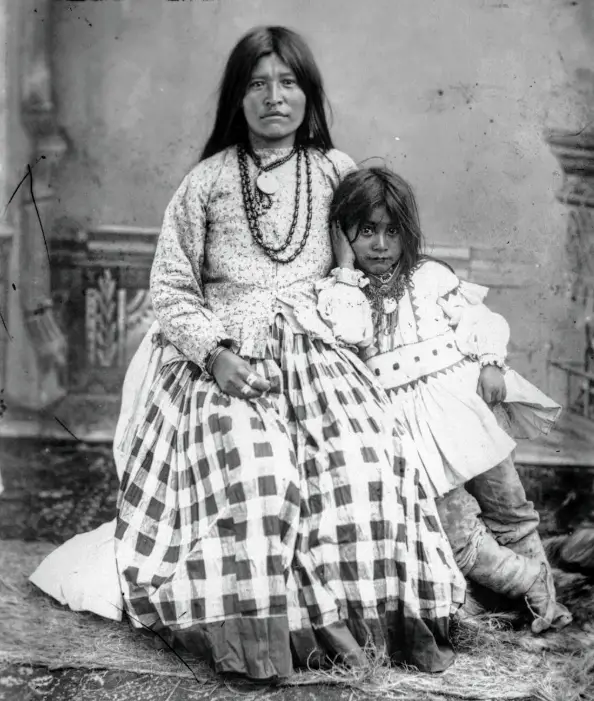
Source: Wikimedia Commons
When he was 17, Geronimo married his first wife, Alope. They had three children. On March 5, 1858, a force of about 400 Mexican soldiers from Sonora, led by Colonel José María Carrasco, attacked Geronimo’s camp. This was outside Janos, Sonora, Mexico. The attack happened while the Apache men were in town trading. Later, Geronimo’s wife, children and mother were found among the dead. Geronimo turned bitter and came to hate Mexicans for the rest of his life.
After the attack, Geronimo’s chief, Mangas Coloradas (“red sleeves” in Spanish) sent him to a band of Apache led by another famous Apache: Cochise. Geronimo was supposed to help take revenge against the Mexicans for the attack.
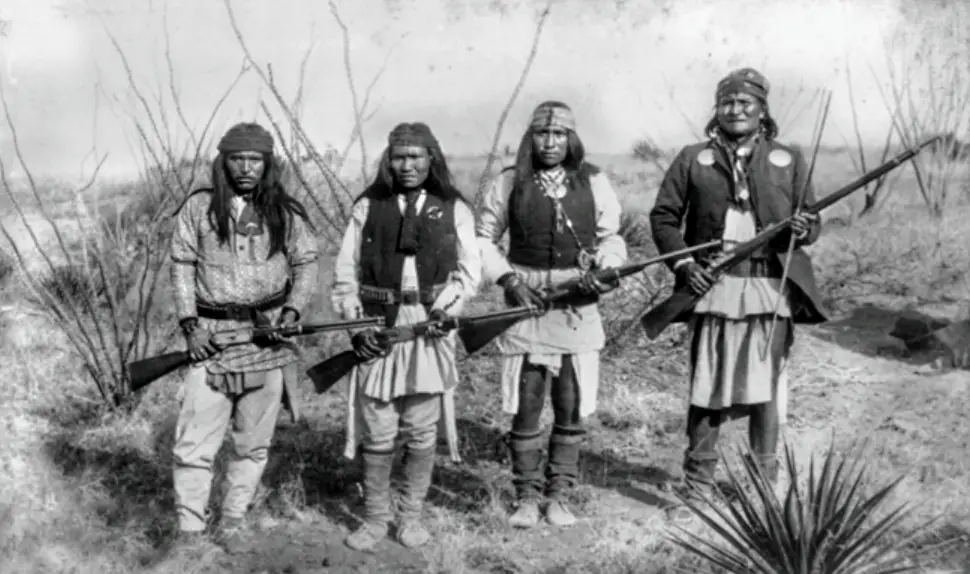
Source – CS Fly, Wikimedia Commons
It was during this time that the name Geronimo came about. The name came from a battle in which Geronimo repeatedly attacked Mexican soldiers with a knife. In each of his attacks he faced a hail of gunfire from the Mexican soldiers. Each time he ignored the danger and ran directly into the gunfire to make his attacks. Some think the name came from the Mexican soldiers asking Saint Jerome (“Jeronimo”) for help. Others think it comes from the Mexican soldiers saying Geronimo’s name incorrectly. For the next 10 years, Geronimo took revenge and did battle with the Mexican Government.

Source – CS Fly, Wikimedia Commons
In the 1850’s things changed. Geronimo and the rest of the Apaches soon dealt with a tidal wave of Americans moving into the West. Where many Native American tribes tried to change their lives with the times, Geronimo kept fighting for his people and the Apache way of life. For the next 30 years Geronimo and the people that followed him were on the run from troops from both Mexico and United States.
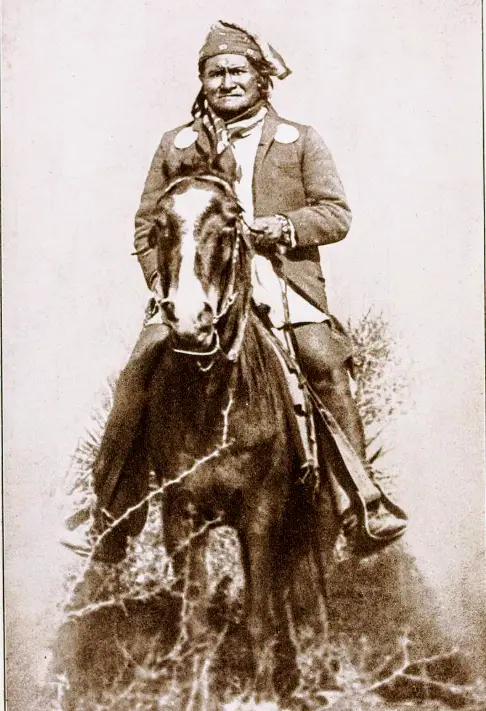
Source: Wikimedia Commons
Finally, in September 1886, Geronimo surrendered. It was near what is now San Simon, Arizona. (There is a sizeable monument there now – https://goo.gl/maps/QJ4b617vPQxtMsfR7.) He and his people were tired of running. They were taken as “prisoners of war” by Captain Henry Lawton.
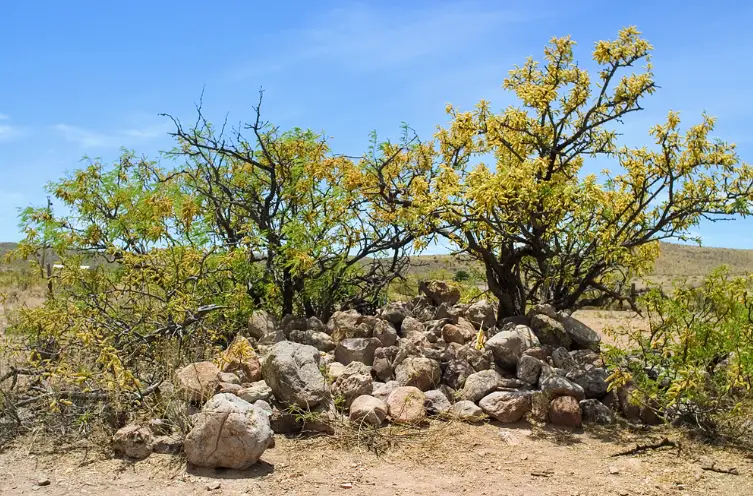
About 30 miles northeast of Douglas, Arizona
Source – J Patt, Wikimedia Commons
Geronimo lived the rest of his life in captivity as a “prisoner of war” to the United States. He spent the next 20 years in prisons located in Texas, Alabama, Florida, and Oklahoma. As a prisoner, he gained celebrity status. He was advertised at different expositions and fairs as…the captured outlaw that was tamed.
Geronimo was allowed to sell trinkets and bits of his clothing as souvenirs. He was even in the inaugural parade of President Theodore Roosevelt in March 1905, Washington, D.C. He made appearances, wrote his memoirs, and farmed in captivity.
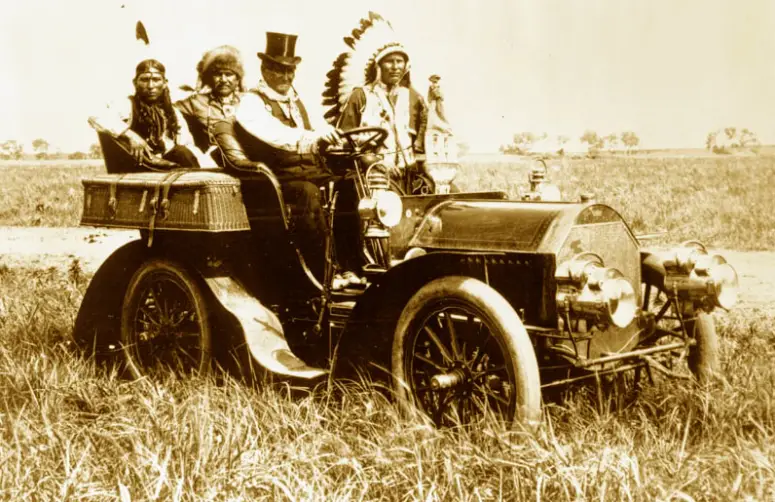
Source: Wikimedia Commons
In his 80th year, Geronimo had an accident. He was thrown from his horse while riding home. A friend found him the next day cold and injured. He died from complications with pneumonia six days after the accident on February 17, 1909, at Fort Sill, Oklahoma. A skittish horse, not bullets from an enemy’s gun, did him in.

Source – Larry Smith, Wikimedia Commons
The other question that motivated this post was: Why did US paratroopers yell Geronimo’s name as they jumped out of airplanes?
In 1940, the US Army started to test the use of airborne infantry. This meant soldiers jumping out of airplanes with parachutes. One of the first Army units to test this was stationed at Fort Benning, Georgia. Before jumping as a group, the platoon went for a night out on the town. This included a movie…reportedly the 1939 version of Geronimo.
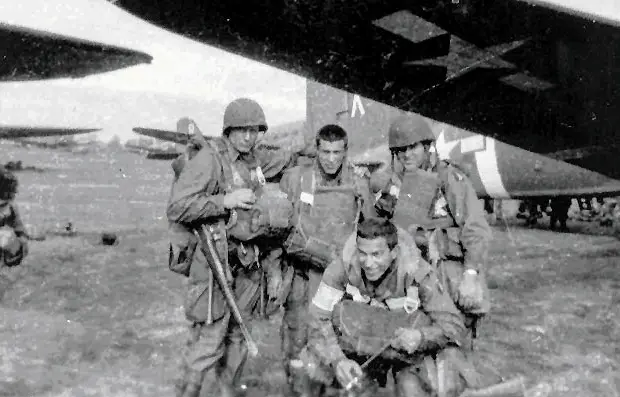
Source – Wikimedia Commons
A private by the name of Aubrey Eberhardt was acting tough about the jump that was set for the next day. He said it wasn’t a big deal and that he wasn’t nervous at all. Others in Eberhardt’s unit said he’d be so scared that he wouldn’t remember his own name. There are different versions of this story, but supposedly his reply was, “I’ll tell you what I’m gonna do! To prove that I’m not scared, when I jump tomorrow I’m gonna yell ‘Geronimo’ as I go out the door!”

Eberhardt kept his promise. He did yell “Geronimo” when he jumped from his plane the next day. Yelling when jumping out of airplanes caught on with the soldiers. The first combat-ready unit was the 501st Parachute Infantry Regiment. In late 1942, they started to use Geronimo in their unit insignia.
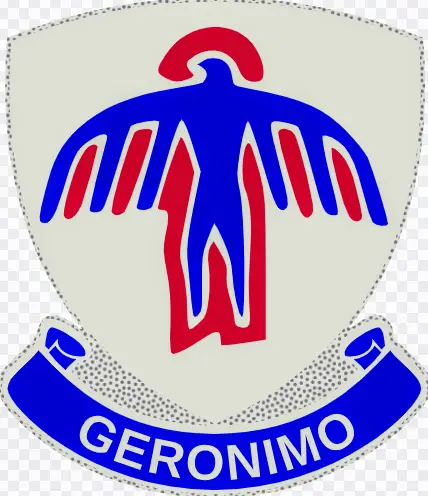
Insignia – 501st Parachute Infantry Regiment
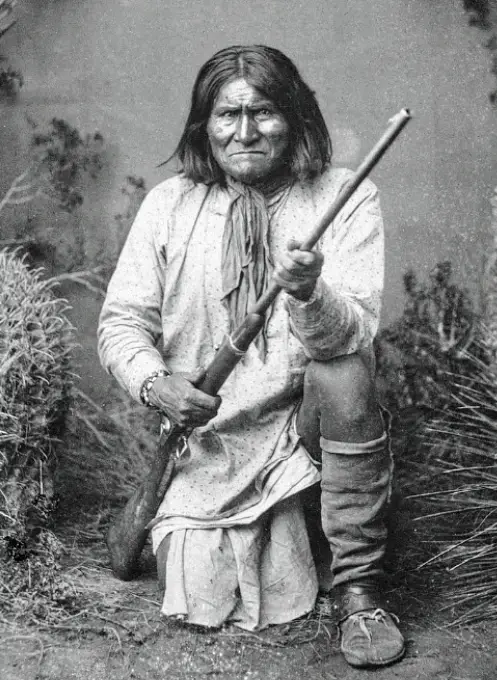

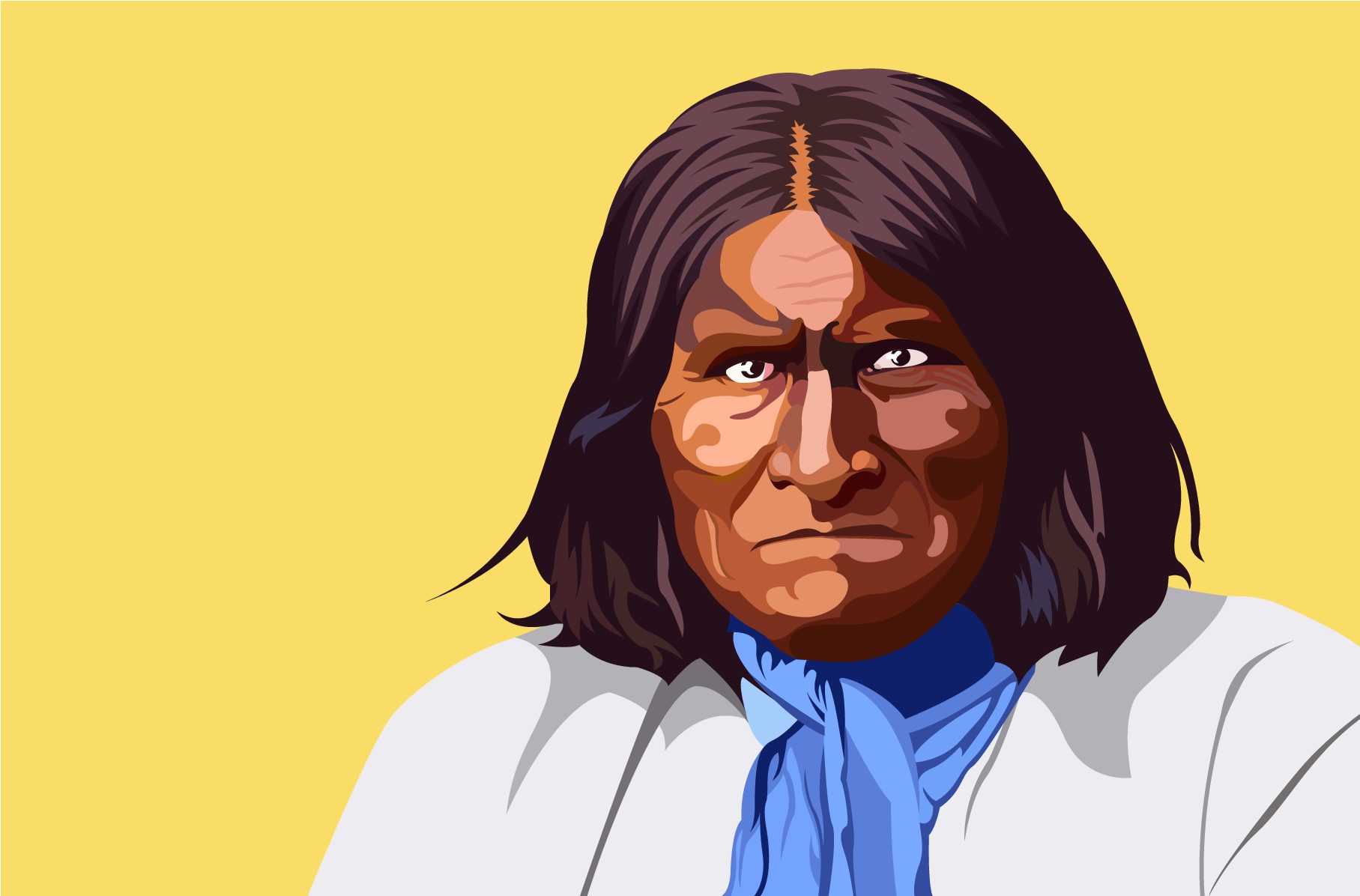
Great article!
I really enjoyed this particular post. Being from Arizona, Geronimo was a famous/infamous figure, in my life.
Thanks, Butch. Am glad you liked the post. As you know, growing up in Arizona we learned about stuff like this. In my early teens, I had a chance to spend some time in the St. David, AZ, area. That’s not far from Apache country. Later, I passed through Wilcox on my way to New Mexico. SE Arizona and SW New Mexico…that’s all Apache country. I can definitely understand why US Army troops might look to Geronimo as an example of what a stealthy, cunning warrior can be. – Frans (TCO01)